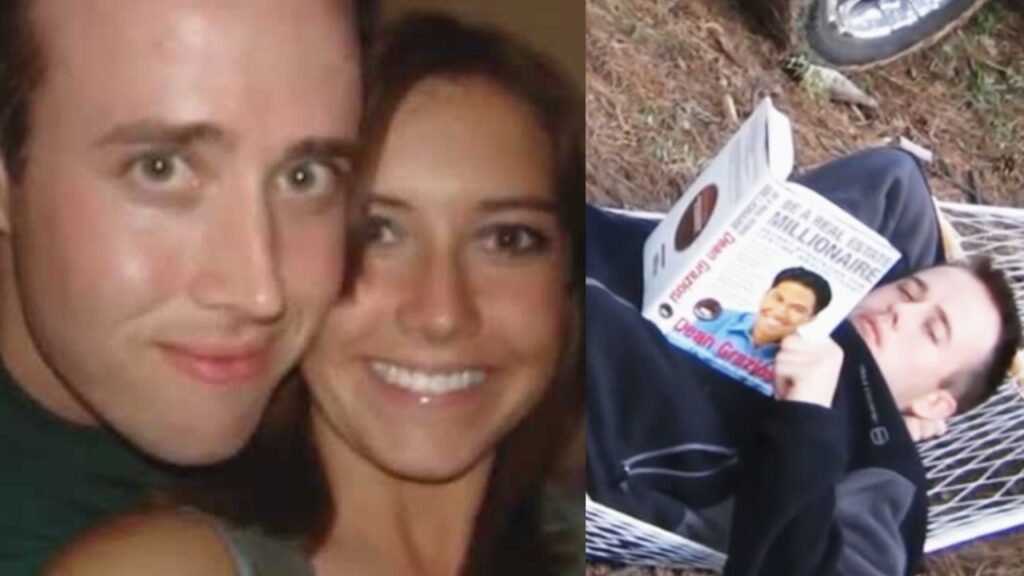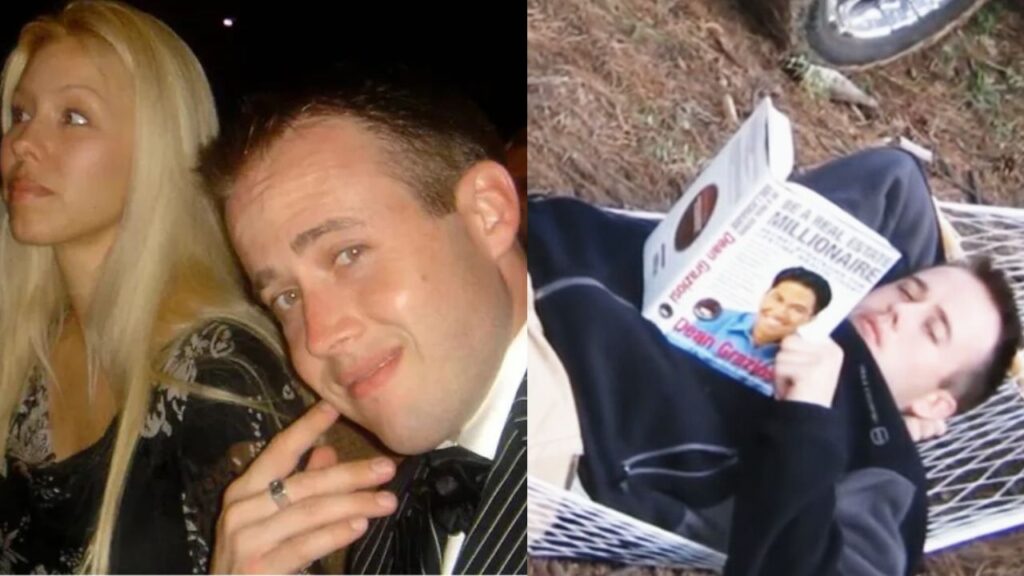The tragic murder of Travis Alexander in 2008 sent shockwaves throughout the United States. His untimely and violent death raised questions about domestic violence, the criminal justice system, and even the ethics surrounding funeral practices. This blog post will discuss all about the life and death of Travis Alexander, the gripping case that followed, and the debate sparked by his open casket funeral.
Who Is Travis Alexander?
Travis Victor Alexander was a 30-year-old salesman from America. Born on July 28, 1977, in Riverside, California, he grew into a successful motivational speaker and salesman for Pre-Paid Legal Services. As a charismatic and ambitious individual, Travis inspired many with his words and actions.

Unfortunately, his life was cut short in a brutal, violent attack by his ex-girlfriend, Jodi Ann Arias, at his home in Mesa, Arizona, on June 4, 2008. He was stabbed 27 times, had his throat cut from ear to ear, and was also shot in the head. This horrific crime garnered significant attention across the United States, with many people deeply affected by the senseless loss of life.
What Is Travis Alexander’s Case?
The case of Travis Alexander began when his lifeless body was discovered in his home on June 9, 2008. The gruesome scene was hard to fathom: Travis had been brutally attacked while in the shower, stabbed 27 times, his throat cut, and shot in the head. Investigators quickly zeroed in on his ex-girlfriend, Jodi Ann Arias, as the prime suspect.
After a lengthy and highly-publicized trial, Arias was found guilty of first-degree murder on May 8, 2013. She was sentenced to life in prison without the possibility of parole. The case gained national attention, as the media dissected the intimate and violent details of the couple’s relationship and the events surrounding Travis’s death. It served as a stark reminder of the devastation that violence can bring to families and communities.
The Debate Over Travis Alexander Funeral Open Casket
Travis Alexander’s funeral, with its open casket, ignited a debate over the appropriateness of displaying his body in such a manner. Some argued that having an open casket allowed family and friends the opportunity for closure, to say their final goodbyes and face the harsh reality of his death. Others felt that the severity of Travis’s injuries made viewing his body unsettling and questioned whether it was respectful to his dignity.
The media’s coverage of the Travis Alexander funeral open casket further fueled this debate. Many felt that the media’s focus on the open casket was intrusive and sensationalized, exploiting his death for ratings and headlines. On the other hand, some argued that the open casket served as a powerful symbol of the tragedy, bringing attention to the heinous nature of the crime and the impact of domestic violence on families and communities.
Travis Alexander Funeral Open Casket
The choice to have an open casket at Travis Alexander’s funeral was a divisive one. Many people felt that it provided closure for his family and friends, allowing them to say their final goodbyes. They argued that seeing Travis’s body, even with the severe injuries he sustained, could help his loved ones come to terms with his death. For some, an open casket is a traditional part of the grieving process, offering a chance to confront the reality of the loss.

However, others found the open casket to be disturbing and inappropriate. They felt that displaying Travis’s body, with the gruesome injuries he suffered, only added to the pain and grief of those in attendance. Additionally, some argued that the open casket was disrespectful to Travis’s memory, as it focused on the violent way he died rather than celebrating his life.
Public Reaction On Closed Casket Decision
People had different feelings about Travis Alexander’s closed casket funeral. Many understood and respected the family’s need for privacy during their grieving. They knew mourning is personal, and closing the casket let the family mourn in their own way. But some were curious about how badly Travis was hurt and why the casket stayed closed. People talked and guessed, which added to the interest in the case.
Keeping the casket closed made Travis’s death even sadder for many, reminding them of the violence he went through and the loss. Media coverage was important too—some didn’t like how sensational it was, but others thought it helped people learn about domestic violence.
Conclusion
The tragic murder of Travis Alexander shocked the nation and led to important discussions about violence and grieving. His life and death deeply affected many people. The debate over his open casket funeral showed how different people deal with loss. Some felt it helped with closure, while others found it too upsetting. The media’s coverage added to the debate, with mixed feelings about privacy and respect. Overall, Travis’s story reminds us of the pain violence causes and the importance of understanding and compassion during difficult times.